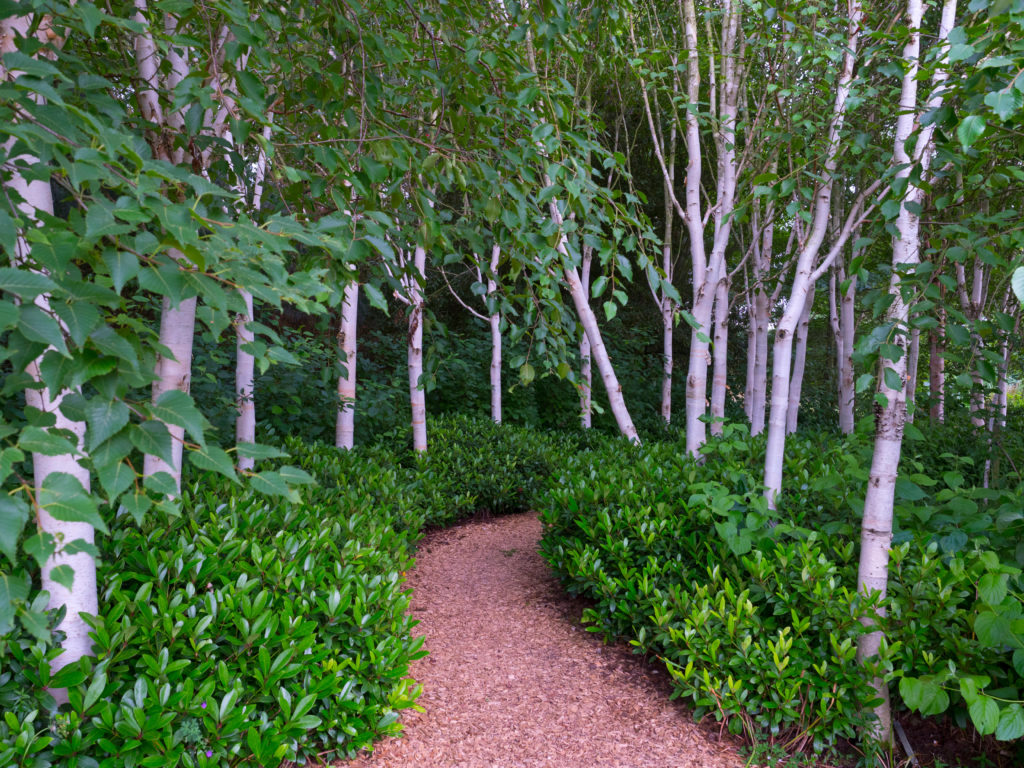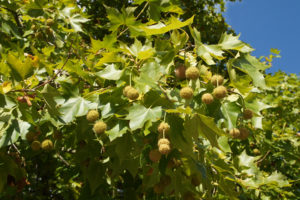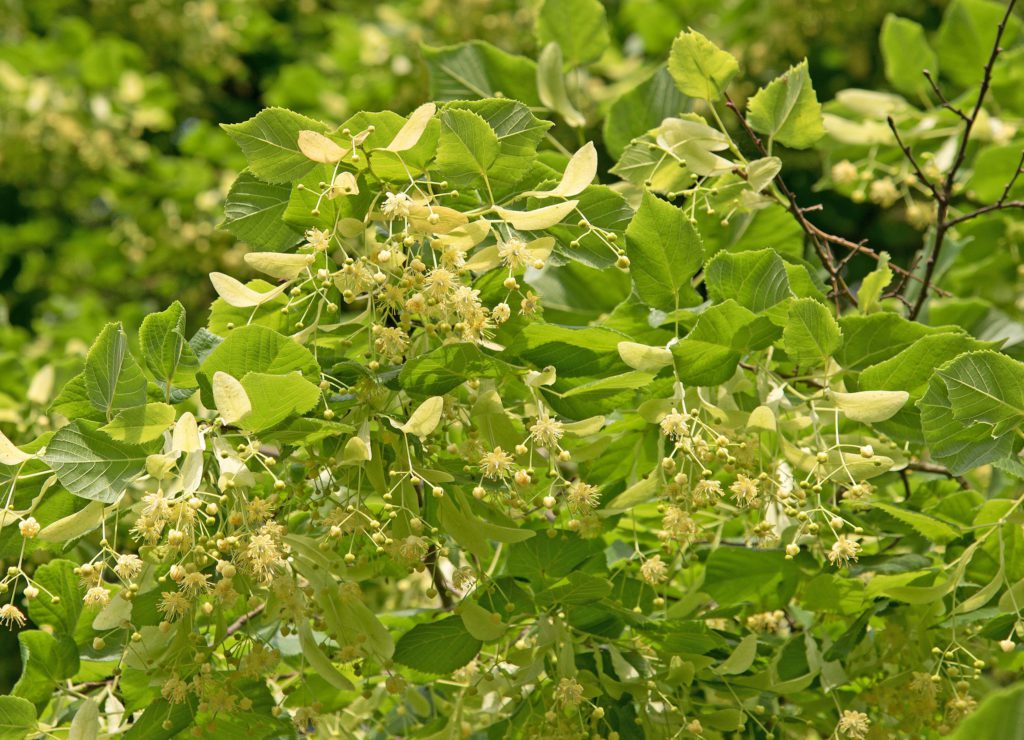- +353 (0)45 879 170
- info@caraghnurseries.ie
- Stickens, Caragh, Naas, Co. Kildare, Ireland
Semi-Mature Rootballed Trees
Being right in the middle of our Rootballed Season but don’t be fooled the ened will sneak up on us very quickly – we only sell rootballed trees until then end of March unless the weather is very cold. The semi-mature trees that we have planted in out own fields, are allowed to grow in open ground and so they are as healthy as possible and with great root structures and as more mature trees they have been allowed to grow over a good number of years with the right amount of care, pruning and special care to their root structure. If the roots are allowed to grow too extensively it will not only make the tree too hard to move it will also mean the root structure is not as strong although this and some careful pruning does mean the head is not as big as if it was left to it’s own devices. This is to the benefit of the tree, long term, and does make it an awful lot easier to move the trees to their new homes too. We are the premier supplier in Ireland of Rootballed and Mature trees to the General Public and so our range is extensive and we have a large supply, making sure we always have availability of what you want is imperative to our team and especially to our production manager, Marie who has great plans to keep producing that little bit more each year.
Rootballed Hedging is lifted in the same way and is usually used for more mature hedging and also for the majority of Evergreen Hedges,. Again this encourages the best possible root system for your mature and Evergreen Hedging plants. We have, planted in our fields in Caragh a great selection including Laurel, Portuguese Laurel, Box, Yew, Conifers and much more.
What are the benefits of Buying Rootballed Hedging for you?
- The hessian and wire are biodegradable and therefore there is no packaging waste to dispose of
- The cost of a rootballed tree can be less than a containerised tree
- They’re easy to handle when planting
- They have a good establishment rate as they’re planted in the dormant winter months
Some Planting Tips for Rootballed Trees
Follow the same criteria as for containerised and bare root plants, water well before planting and use a good multipurpose compost to ensure good nutrient supply and that the soil retains its moisture well.
Dig a hole the same depth as the roots and three times the root spread or root ball size. Make sure that the sides and bottom of the hole isn’t compacted but do not dig the soil at the bottom of the hole as it will settle and cause the tree to sink lower into the ground.
Do not remove the hessian or wire. The hessian will naturally rot down allowing the root system to develop. The wire will break down soon after planting. Leaving the hessian in place helps to maintain the completeness of the root system
Feeding the plant in the Winter months is of no benefit, use a good slow release fertiliser in the Spring, as a guide we advise in or around St Patricks Day. I like to use chicken manure in pellet or granular form or organic seaweed – both have a good amount of the nutrients your plants and trees need.
When a tree reaches, what we call semi-mature stage, approximately 12-14cm girth and somewhere around the 14-15ft tall (4-4.5metres tall) depending on variety is when we usually lift trees from our fields. We do have some smaller trees but where we position ourselves is on this size and above. Here are some of our best selling trees
Prunus Kanzan are a popular tree to buy rootballed, as it can withstand transplanting in this form at a semi mature stage. This gives the advantage of substantial growth, without having to wait so long for such an impact. Kanzan is a hardy, double flowering cherry tree will eventually grow to around six to seven metres tall. We have a variety of medium to very large specimens at the nursery.
Himalayan Birch, or Betula Jacquemontii to give it its formal name, is another popular tree sold rootballed. This fast growing tree has a light, open canopy of green foliage that will not block out too much sunlight. Himalayan Birch are hardy and reliable and popular for their stunning bark, which gets whiter and brighter as it ages.
Prunus Cerasifera Nigra, or Purple Plum is another common rootball choice and is one of the first trees to flower in spring. Single, deep blush-pink flowers are followed by dark purple brown leaves and blackish-purple shoots. This is a stunning small tree with a dense mushroom shaped crown that provides good screening and excellent contrast. It displays a strong reddish, orange autumn colour similar to Copper Beech but on a smaller scale, and the added bonus of blossoms in spring.
Platanus acerfolia or London Plane Tree The London Plane tree is widely planted across Europe and especially in our urban areas. It is an ideal urban roadside specimen because it is very tolerant of atmospheric pollution and root compaction. The London Plane is also much loved by avid landscapers due to the many striking characteristics it possesses such as the flaky bark that leaves a silver grey smooth surface to the tree as it matures; the golden autumn foliage as well as the decorative brown seeds balls that hang like ornaments in the tree during the winter months. It is a fast growing and will provide a great canopy in the summer months. A real bonus is it is loved by councils due to all these great traits.
Tillia Platypyllos or the Large Leaved Lime which is less common than the small leaved lime and not that different other than just the size of the leaves. The Tilia platyphyllos has a large heart shaped pretty leaf and the bark of the tree is darker, flowers are lime green/yellow, scented and hang in small clusters. The Lime tree is especially valuable to wildlife. We also have a much highly sought after sister tree the upright version of this tree which is great for avenue planting or where you want the scale of tree without blocking light.
Whether you need your trees to carry out a specific function for you in the garden, like create a boundary or provide screening, or if you simply want to create interest that is aesthetically pleasing, we are here to help. We not only supply the products, but can also advise on design, either by consultation with one of our designers or visiting the nursery to chat with our sales team. We also plant and deliver as this size of tree can be difficult not only to transport but to plant too.
Next week we will move up to our next stage trees which are the ones we show off in our Nursery Park, we lift those and usually plant them into larger pots or more commonly in airpots, I will give you an idea of how they transplant to new homes and the kind of varieties that are the most popular, especially for screening and privacy but also for real maturity in a garden.

Quick Links
Information
Location
- Stickens, Caragh, Naas, Co. Kildare, Ireland
Copyright © 2022 CARAGH NURSERIES LTD | All Rights Reserved. eCommerce Web Design by 2Cubed | Privacy Policy | Cookie Policy
FREE DELIVERY
Our Gift to you
On all orders made online over €100





